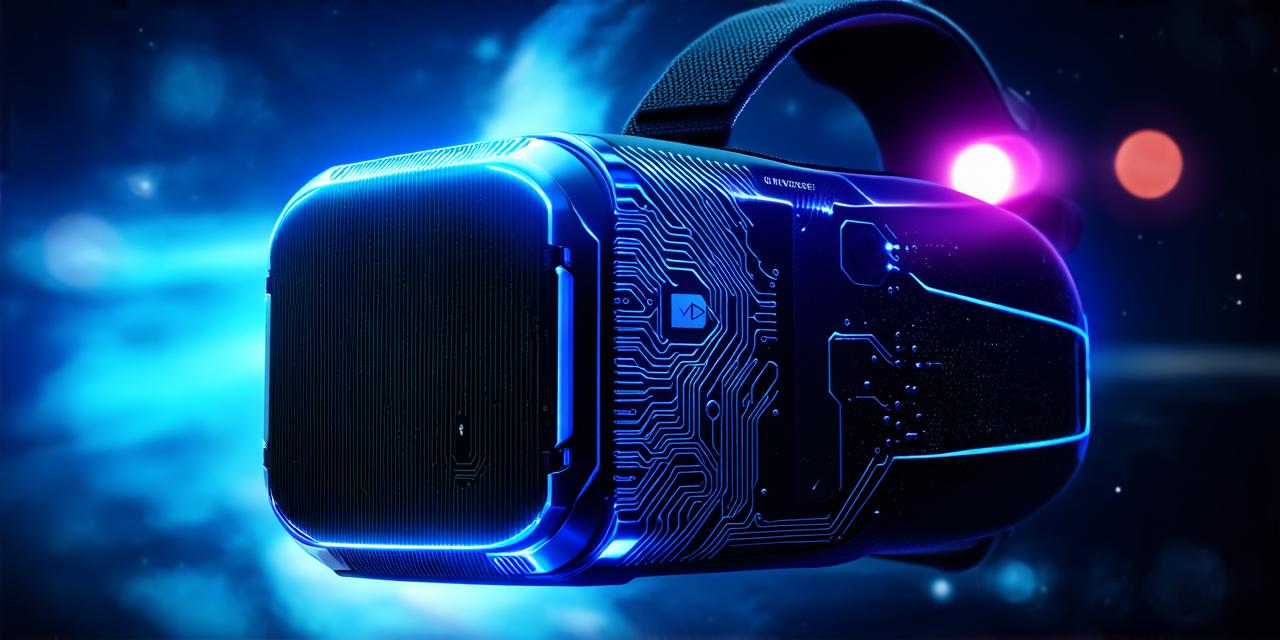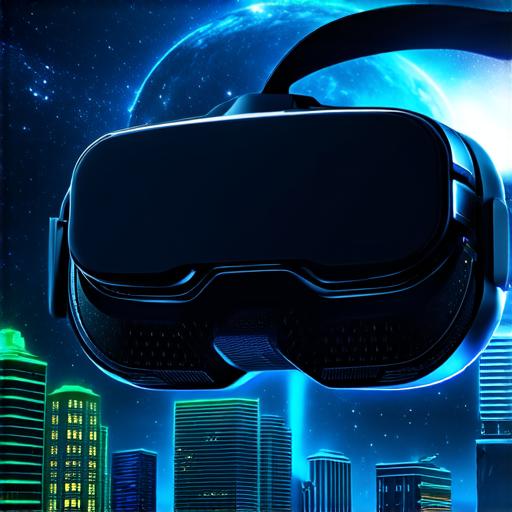
How Virtual Reality Operates
Virtual Reality (VR) has been gaining popularity in various fields as it provides an immersive experience to users. In simple terms, VR is a computer-generated simulation of a three-dimensional environment that can be interacted with in real-time.
The way VR works can be understood by breaking down its components. At its core, VR involves capturing and rendering 3D content in real-time. This content is then displayed to the user through a headset or other device, creating an immersive experience that feels as if the user is physically present within the simulated world.
The key components of VR include input devices, display devices, tracking systems, and software. Input devices allow users to interact with the virtual environment. Common input devices include hand controllers, motion capture suits, and eye-tracking systems. Display devices include headsets, monitors, or projectors that display 3D content in real-time. Tracking systems track the user’s movement and provide feedback to the VR system, allowing for realistic interactions with virtual objects. Software includes game engines, middleware, and other tools used to create and manage VR experiences.
Virtual reality has been shown to have a profound effect on the brain. When users enter a virtual environment, their brain processes this information as if they were physically present within the simulated world. This can lead to a range of effects, including increased heart rate, sweating, and even nausea. However, studies have also shown that VR can be used to treat a variety of conditions, including anxiety disorders, PTSD, and phobias.
There are many examples of successful virtual reality experiences that have been developed by professionals. One notable example is the use of VR in healthcare settings. For example, doctors have used VR to simulate surgical procedures, allowing them to practice and improve their skills in a safe environment. Similarly, VR has been used to treat patients with anxiety disorders by exposing them to virtual scenarios that trigger their fears.

Another area where VR is gaining popularity is in the realm of education. Teachers have used VR to create immersive learning experiences that allow students to explore historical events, scientific concepts, and other subjects in a way that is both engaging and informative.
Creating a virtual reality experience requires a combination of technical skills and creativity. Here are some tips for getting started:
- Choose your platform: There are many different platforms available for creating VR experiences, including Unity, Unreal Engine, and A-Frame. Each platform has its own strengths and weaknesses, so it’s important to choose the one that best suits your needs.
- Plan your experience: Before you start building your VR experience, it’s important to have a clear idea of what you want to achieve. This includes deciding on the type of environment, the interactions, and the objectives.
- Design for immersion: One of the key elements of VR is immersion. To create an immersive experience, it’s important to consider factors such as lighting, sound, and haptic feedback.
- Test and refine: Creating a VR experience involves many iterations of testing and refining. It’s important to test the experience with real users to identify areas for improvement.
- Publish and share: Once your VR experience is complete, it’s important to publish and share it with others. There are many platforms available for publishing and sharing VR experiences, including the Oculus Store, the Unity Asset Store, and Steam Workshop.
In conclusion, virtual reality is a powerful technology that has the potential to transform various fields, from gaming to healthcare. Understanding how VR works can help developers create immersive experiences that engage users and achieve their objectives. By following the tips outlined above and choosing the right platform, anyone can create a VR experience that is both engaging and informative.


